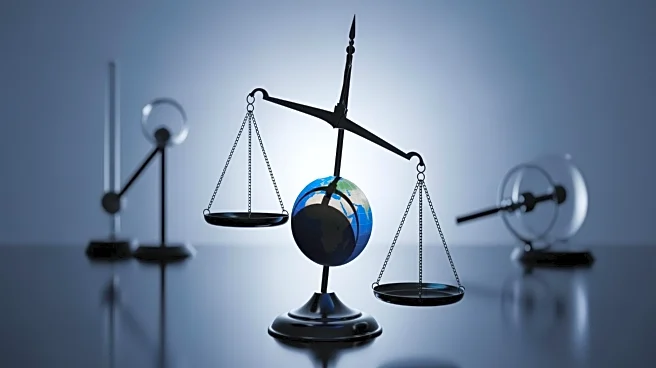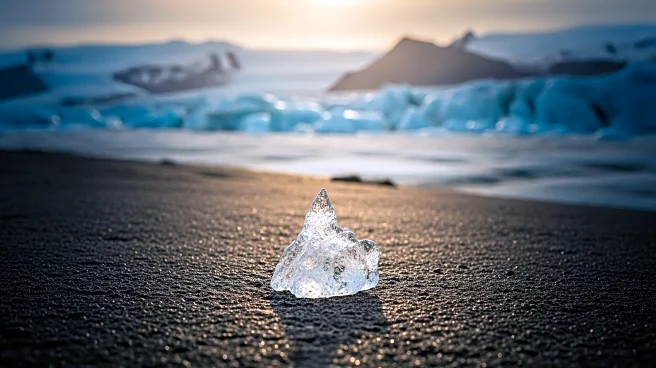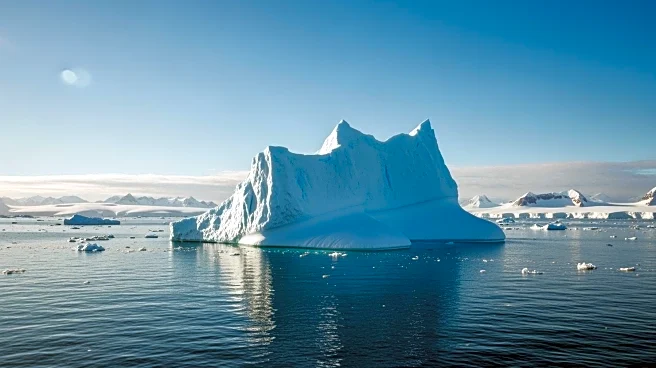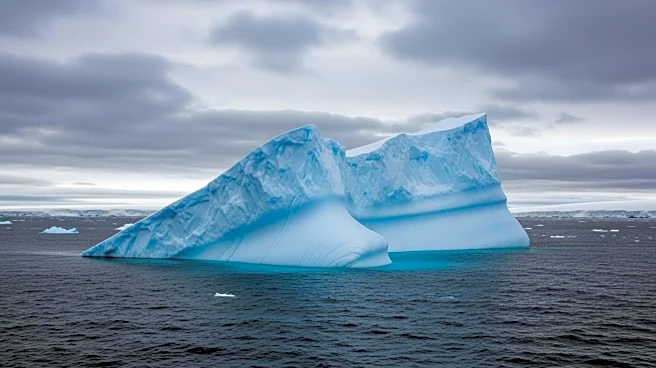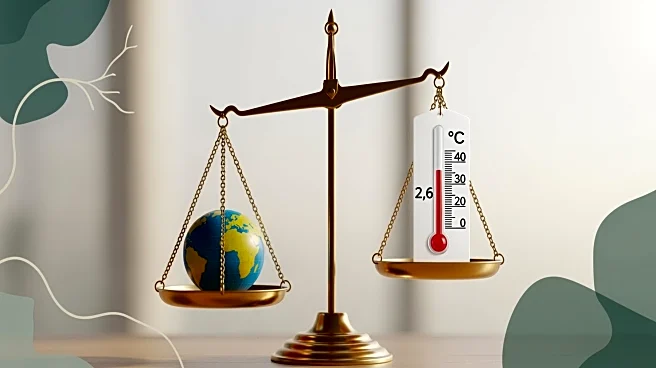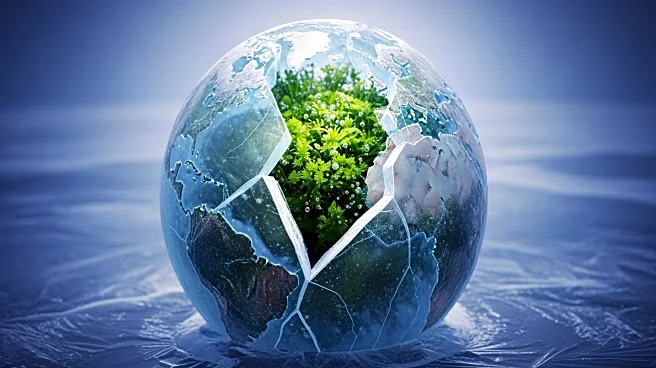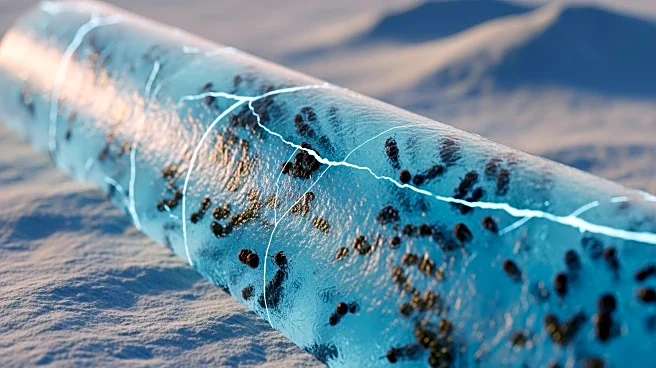What's Happening?
Researchers at Columbia University are raising concerns about the potential risks and complexities associated with stratospheric aerosol injection (SAI), a proposed method to combat global warming by dispersing
sunlight-reflecting particles into the atmosphere. This technique, inspired by the natural cooling effects of volcanic eruptions, has been modeled extensively in scientific studies. However, the Columbia team, led by atmospheric chemist V. Faye McNeill, argues that these models often overlook the practical challenges and uncertainties involved in real-world applications. The study highlights the importance of factors such as the altitude, latitude, and timing of particle releases, which can significantly influence the outcomes of SAI. The researchers also point out that while sulfate aerosols are commonly considered for SAI, their use could lead to adverse effects like acid rain and soil contamination, prompting the exploration of alternative materials.
Why It's Important?
The significance of this research lies in its potential impact on global climate policy and the ongoing debate over geoengineering as a viable solution to climate change. The findings suggest that while SAI could theoretically reduce global temperatures, the associated risks and uncertainties could outweigh the benefits. This has implications for policymakers and scientists who are considering geoengineering as a part of climate strategy. The study emphasizes the need for a cautious approach, highlighting the geopolitical and environmental challenges that could arise from unilateral or poorly coordinated SAI efforts. The research also underscores the importance of exploring safer and more practical materials for SAI, as current options like sulfate aerosols pose significant environmental risks.
What's Next?
The study suggests that further research is needed to address the uncertainties and practical challenges associated with SAI. This includes developing more accurate models that account for real-world variables and exploring alternative materials that are both effective and environmentally safe. The researchers advocate for a centralized and coordinated approach to any future SAI efforts, given the potential for significant geopolitical and environmental consequences. As the debate over geoengineering continues, these findings could influence future policy decisions and research priorities in the field of climate science.
Beyond the Headlines
The ethical and legal dimensions of solar geoengineering are also critical considerations. The potential for unintended consequences, such as disruptions to weather patterns and ecosystems, raises questions about the moral responsibility of deploying such technologies. Additionally, the lack of international governance frameworks for geoengineering poses challenges for ensuring that any SAI efforts are conducted transparently and equitably. These issues highlight the need for comprehensive discussions involving scientists, policymakers, and the public to navigate the complex landscape of climate intervention strategies.
